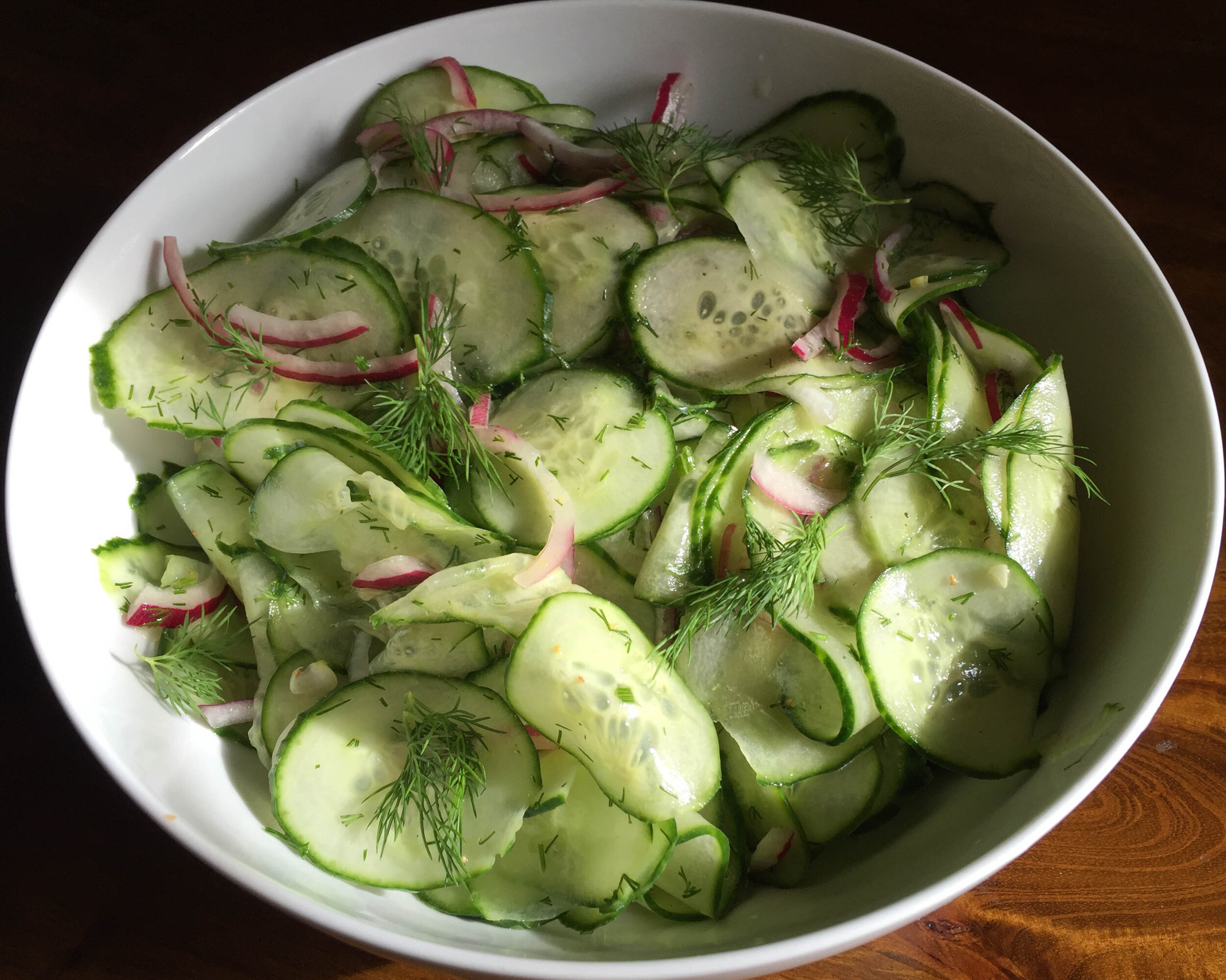Chaat, as anyone who knows anything about Indian food knows, is the subcontinent’s vibrant, colorful, tasty culture of snacks. Here’s the way Maneet Chauhan and Jody Eddy put it in the intro to their new Chaat: Recipes from the Kitchens, Markets, and Railways of India:
“Chaat are typically snacks or small meals that are tangy and sweet, fiery and crunchy, savory and sour all in one topsy, turvy bite. Some iconic chaat include Bhel Puri, Puchkas, and Aloo Chat.”
As well as being a star of Food Network’s ‘Chopped,’ Chauhan is executive chef of a group of well-known restaurants in Nashville including one specializing in those very street snacks — Chaatable. So I was most excited to dive in and start cooking and snacking, living the chaat life.
Six recipes into my exploration, you may be surprised to learn, my hands-down favorite has not been a chaat like the Mumbai-style Bhel Puri — which was topsy turvy to the extreme, and quite a lot of work once you make the two chutneys involved.
Instead, I went wild for the Saag Paneer — braised greens with farmer cheese. It’s a dish that strikes me not so much as a snack, but more of an unplugged, slow-food, sit-down-to-a-real-meal kind of affair. Especially because Chauhan’s features paneer (that’s the farmer cheese) that you make in your very own kitchen.
In fact, among the myriad pandemic cooking projects I’ve thrown myself into, making that paneer has been one of the most fun and rewarding.
It’s surprisingly easy. Scald milk. Stir in lemon juice. Cover and let it sit 10 minutes. Now it’s curds and whey: ladle them into a cheesecloth-lined sieve set over a bowl.
Curds of paneer in a cheesecloth-lined sieve
Gather up the curds in the cheesecloth and compress. You’ve got cheese. The bowl’s got whey.
Gather up the cheesecloth around the curds, compress, and this is what you’ve got.
Incredible, right?! Now mold it into a rectangle, compress a few minutes, and you’ve got paneer.
The finished paneer
Here’s the Paneer recipe.
You could stop there, that cheese is so lovely. I certainly would have been happy just to eat it as is.
But a handmade paneer really deserves a saag. But wait, what does “saag” even mean?
Whether you’ve made it at home or eaten it a hundred times in Indian restaurants, if you’re not Indian, chances are you think saag means “spinach.” That’s what I had always thought.
Not exactly, Chauhan explains. In India, “saag means any dish made with leafy greens, not just spinach.”
Her exuberantly spiced recipe takes delicious advantage of a full spectrum of greens. As she writes in the headnote to her Saag Paneer recipe:
“In Jharkhand saag dishes often include a variety of leafy greens that are indigenous to the region. In Nashville, I like to whip up this easy recipe on days when I need a reboot, packing it with a variety of greens I consume not only for their flavor but for their nutritional benefits. . . . Feel free to stick to the more common saag paneer recipe, swapping in spinach for the arugula and kale, but if you’re feeling adventurous, pack this recipe with healthful virtue by adding in as many greens as you can get your hands on.”
She suggests collards, carrot tops, beet greens, chard or bok choy leaves. “The possibilities are endless.”
I made it exactly as written in the recipe, melting ghee in a pan, adding spices, ginger-garlic paste and minced serrano chiles, then giant handfuls of arugula, baby kale and baby spinach. You cook those until they’re wilted, let it simmer a minute, blitz it all in a food processor, add lemon juice, put it back in the pan, then reheat and gently stir in cubes of paneer.
To serve, Chauhan has you drizzle the Saag Paneer with more melted ghee, garnish it with cilantro, serve it with basmati rice and chapatis. (I skipped the chapatis, and no one was the wiser.)
It’s absolutely wonderful: earthy from all those greens, aromatic with deeply layered spices (cardamom, cumin, mustard seeds) and luxuriously rich with the ghee and delicately melting, tender and marvelous paneer. That paneer is nothing like that rubbery stuff you usually find even in pretty good Indian restaurants and Indian groceries.
What else did I love in the book? So far, a quick and easy Tibetan chicken-noodle soup, Thukpa, which Chauhan recalls first tasting in a train station in Guwahati on a cold winter’s day. We’ll be featuring it soon in our series “Around the World in Chicken Soup.” (Here’s Part I, starring Brazilian canja de galinha; here’s Part II, in which Jenn Louis’ Chicken Soup Manifesto treats us to Ethiopian Ye Ocholoni Ina Doro Shorba.)
I’ll be continuing to explore the chaat in Chauhan and Eddy’s book, many of which are pretty involved. In the meantime, I highly recommend the engaging volume, which is a great, fun, illuminating read, filled with invaluable cultural intelligence from all over delicious India.
RECIPE: Paneer (Fresh Indian Cheese)
RECIPE: Maneet Chauhan’s Saag Paneer































